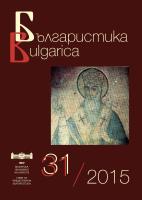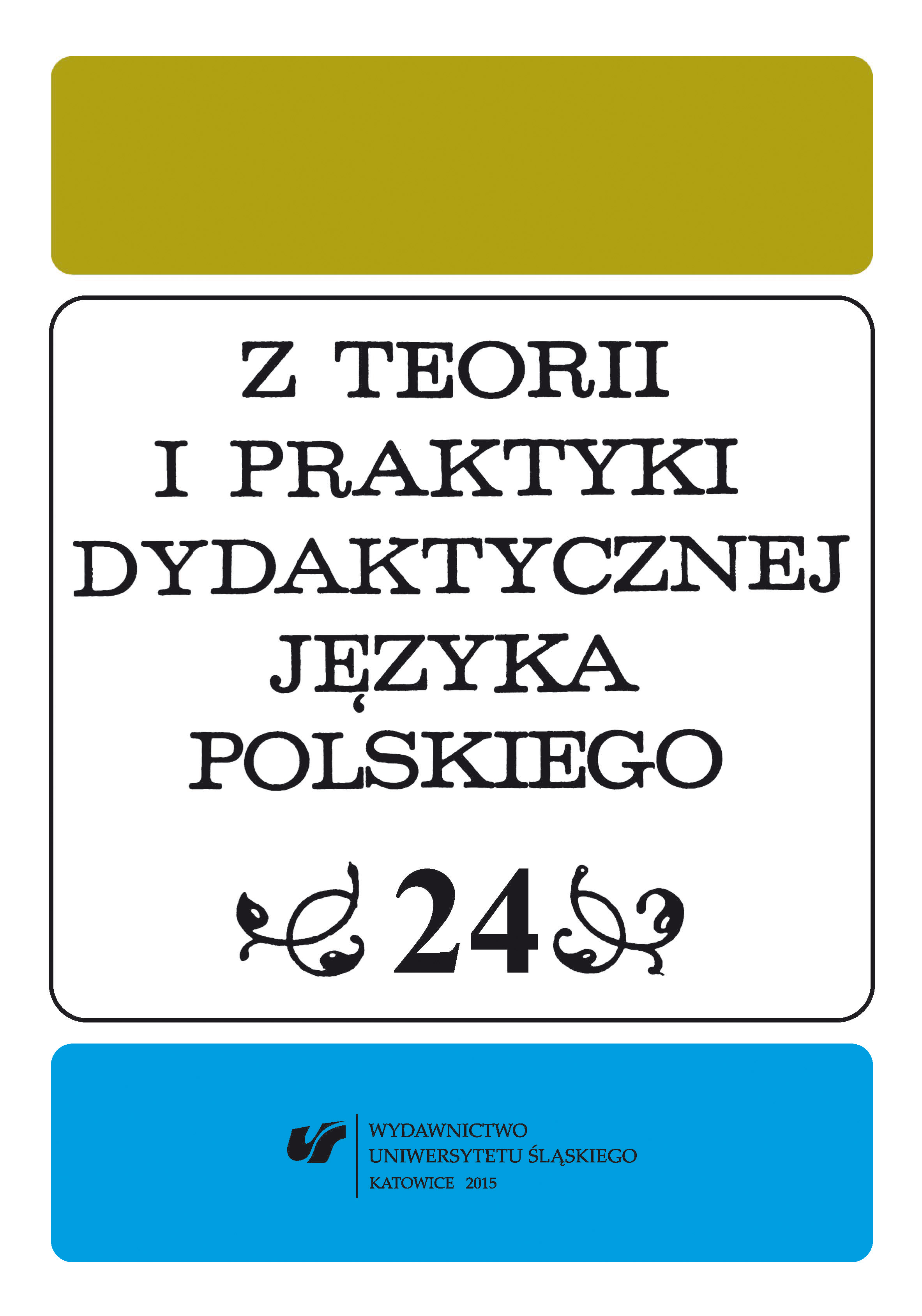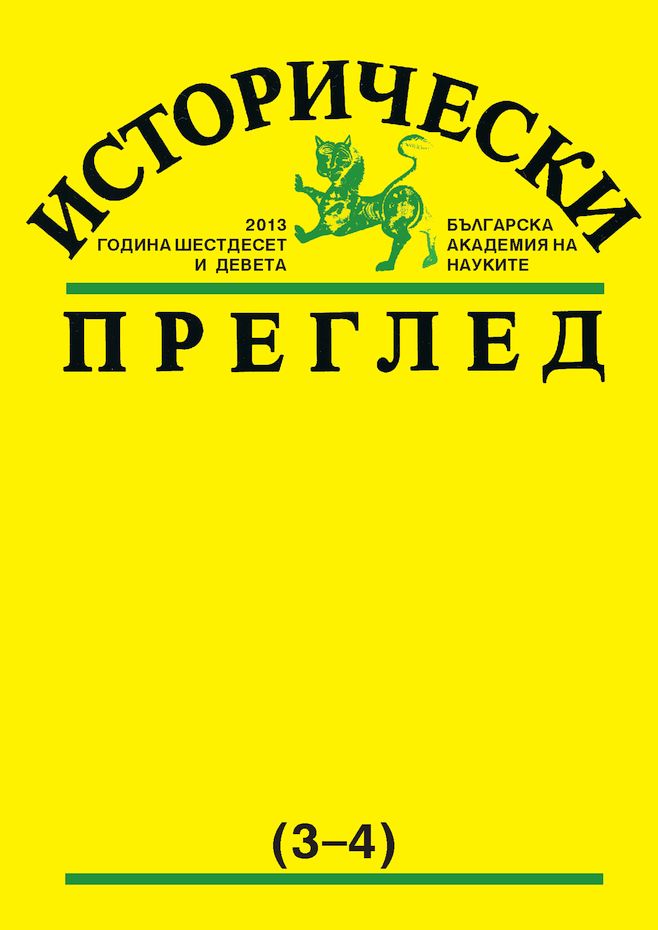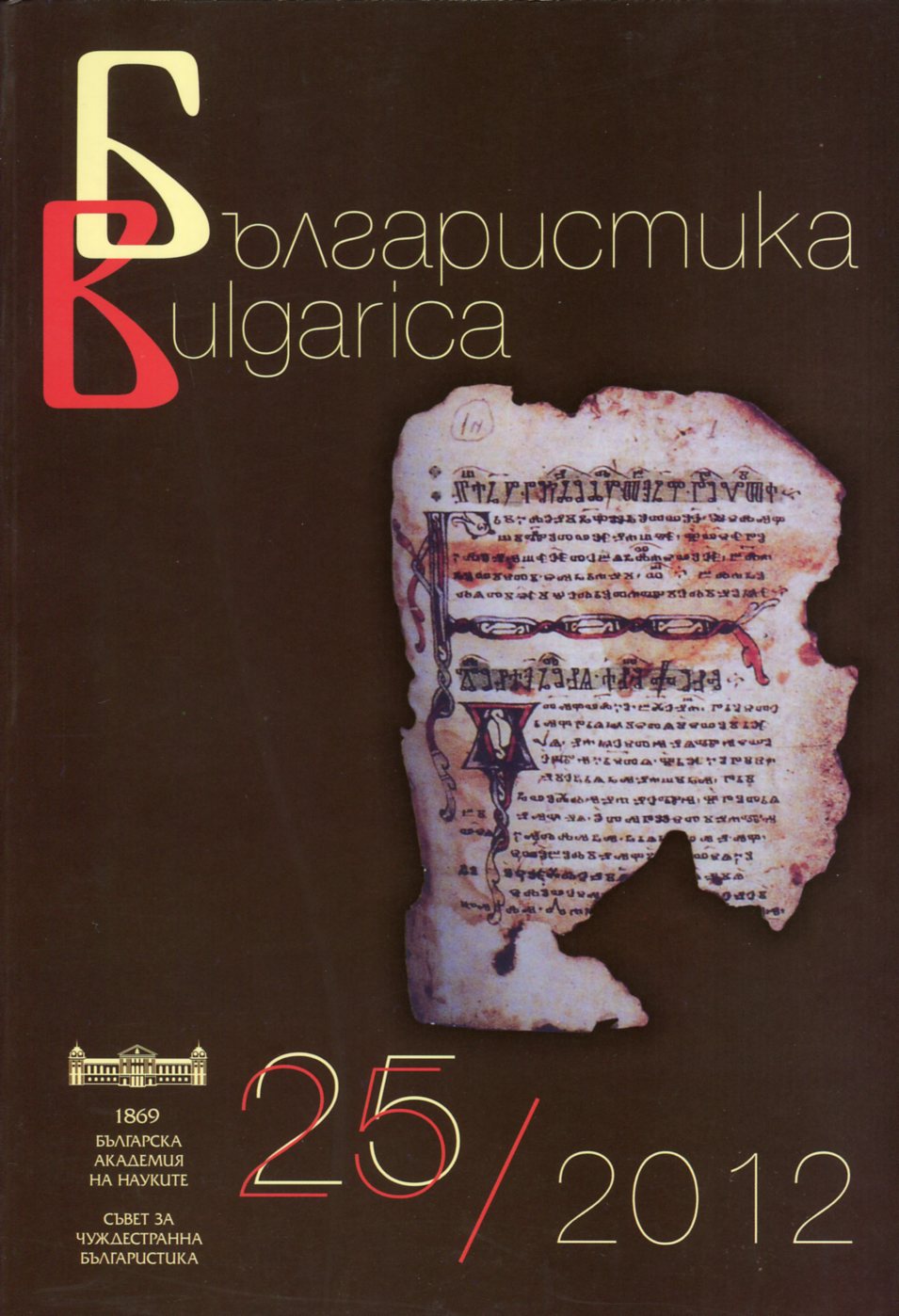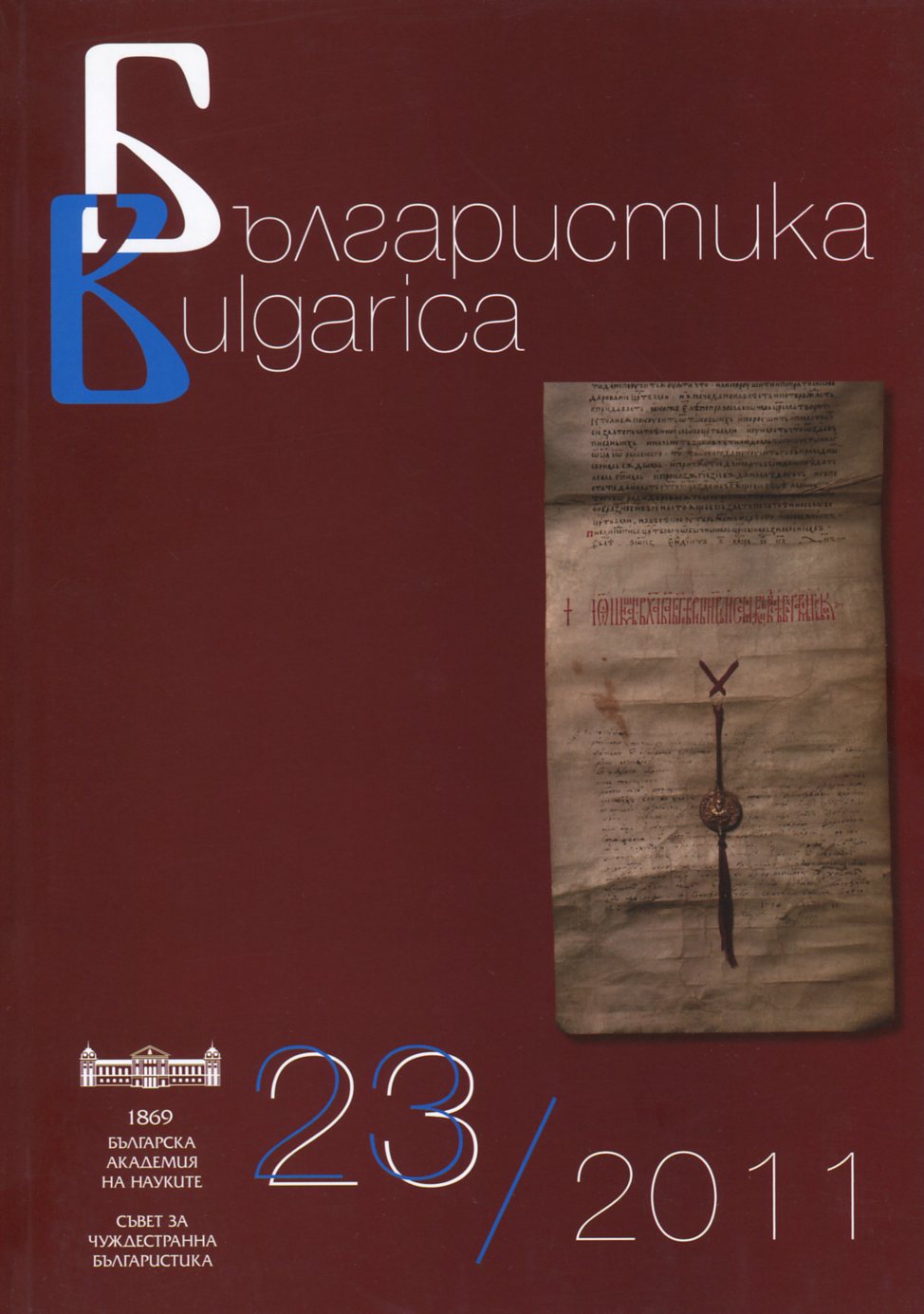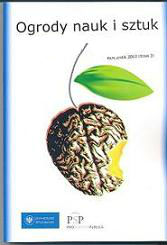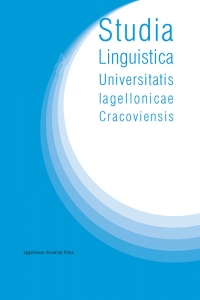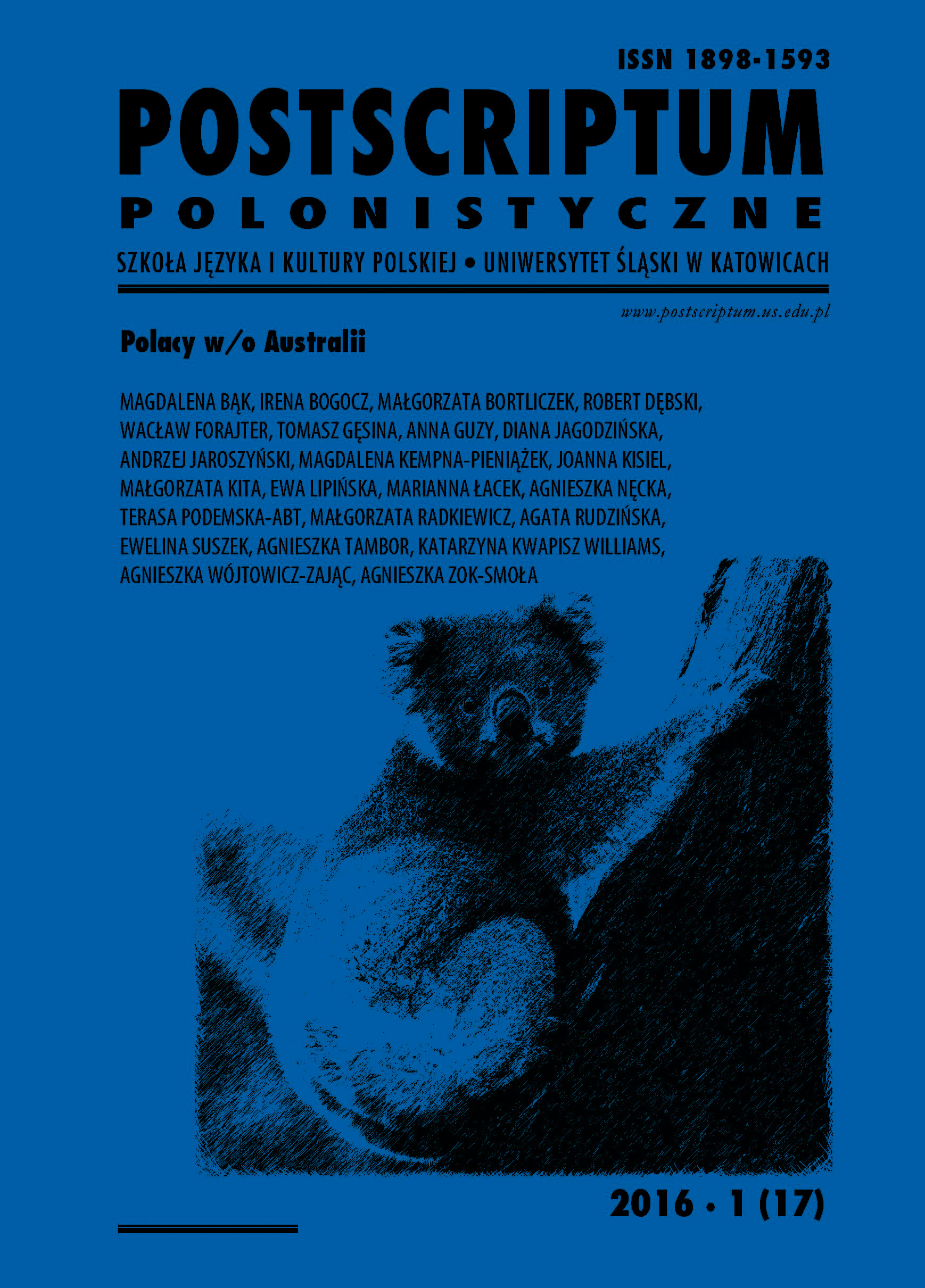
Przeglądy: Półka literacka 2015
The article presents the most important and the most interesting prose and poetry publications that appeared in 2015. Last year was marked by a dominance of well-known authors (such as Janusz Anderman, Sylwia Chutnik, Michał Witkowski, Łukasz Orbitowski, Andrzej Sosnowski, Krzysztof Varga, Zenon Fajfer, Marta Podgórnik, Tadeusz Pióro, Marcin Świetlicki) and proved that books that consider identity problems can gain positive readers’ response.
More...

